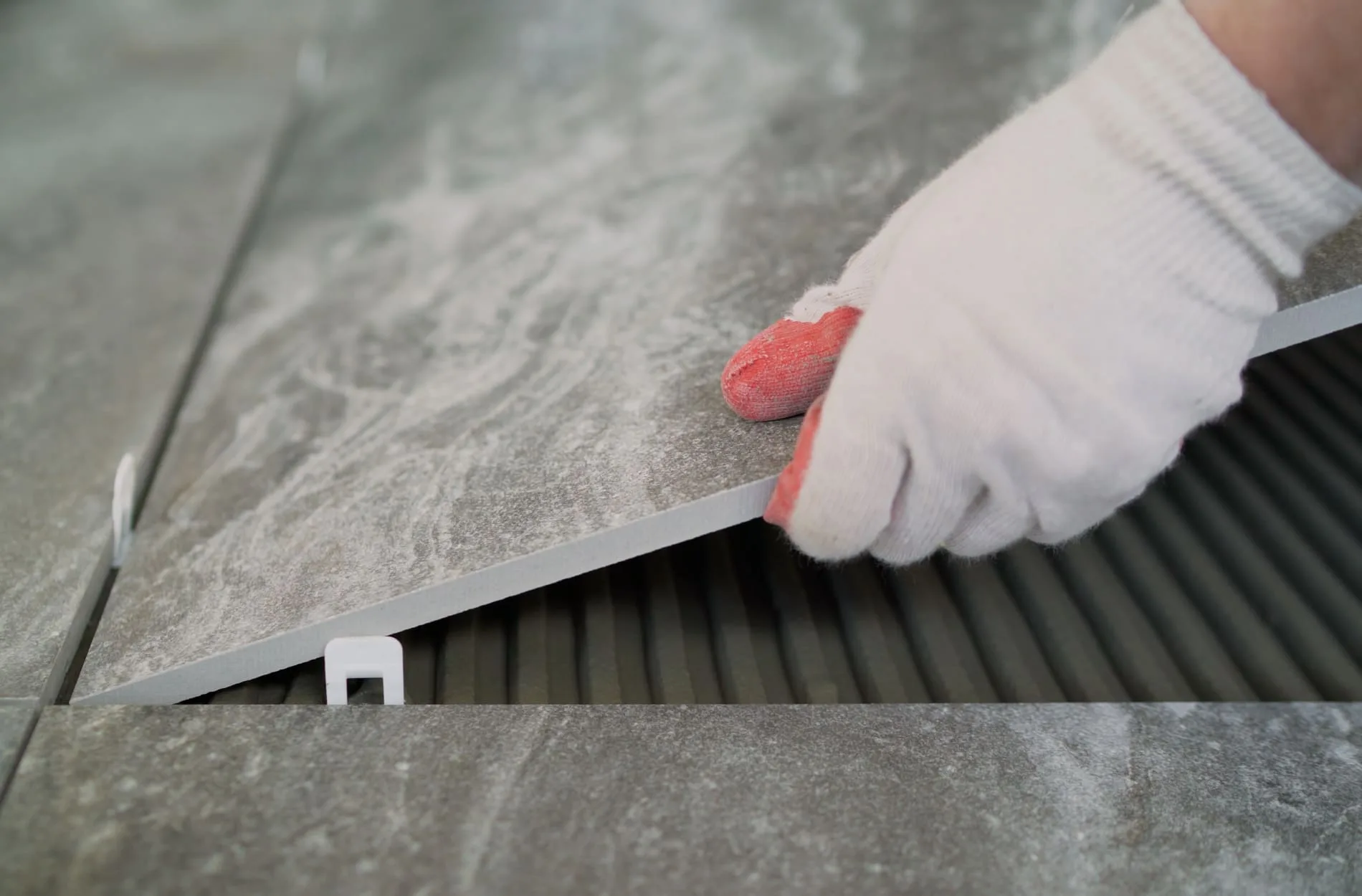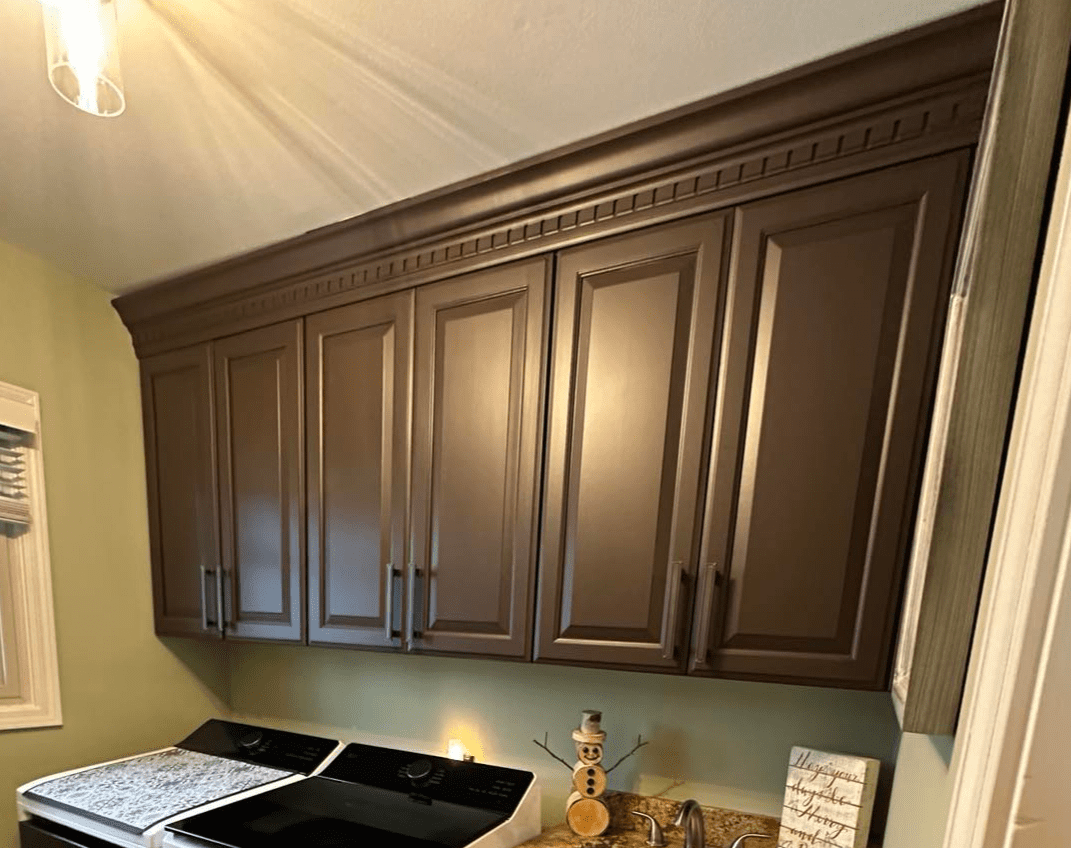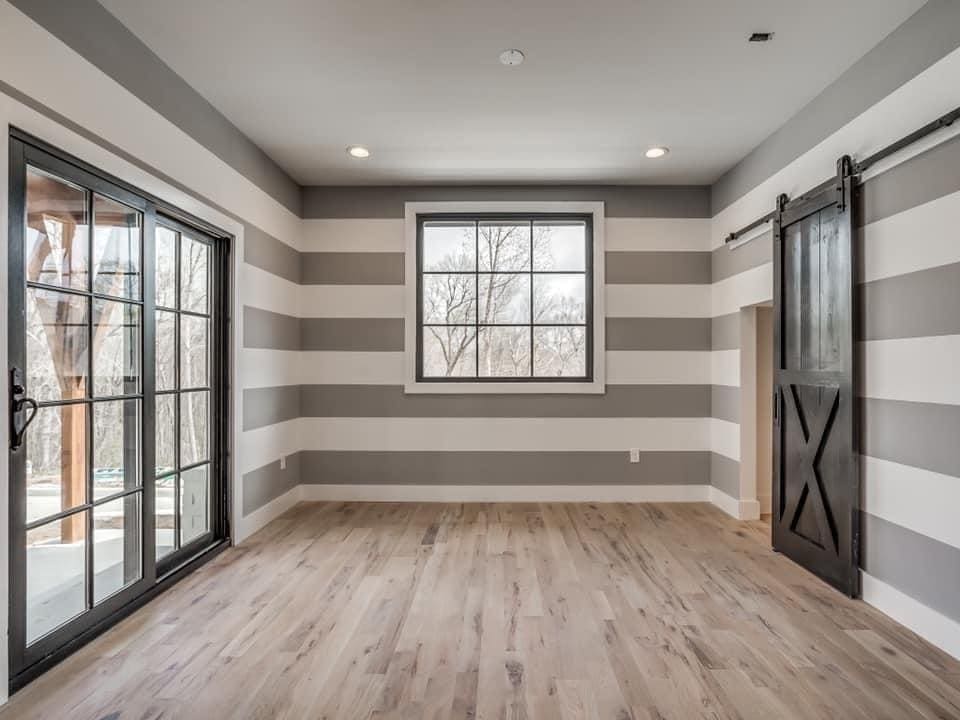Tile flooring is a popular choice for many homeowners in Sterling Heights due to its beauty and durability. However, proper installation is key to ensuring these tiles look great and last long. Even minor mistakes during the installation process can result in costly repairs or unsightly finishes, impacting the overall aesthetics and functionality of your home.
Understanding common tile installation errors helps in preventing problems before they arise. Issues like poor surface preparation or incorrect mortar application can lead to tiles not adhering properly or even cracking over time. These mistakes not only diminish the look of your flooring but may also require expensive fixes later.
Avoiding these pitfalls starts with knowing what to watch out for during the installation process. Being informed can ensure your tile floors are installed correctly and can contribute to a perfect look. Whether you’re renovating a kitchen or updating a bathroom, sidestep these common mistakes to enjoy long-lasting and beautiful tile flooring.
Poor Surface Preparation
The foundation of a successful tile installation lies in proper surface preparation. Ensuring the surface is adequately prepared before laying tiles is crucial to avoiding issues that can compromise the overall project. Skipping this step can lead to tiles cracking, coming loose, or not adhering properly over time.
One common mistake is failing to level the floor. An uneven surface can cause tiles to sit unevenly, making them more prone to cracking or becoming dislodged. It’s important to use leveling compounds or sand down high spots to create a smooth base that’s ready for tiling.
Another frequent error is not thoroughly cleaning the installation area. Dust, dirt, and other debris can prevent tiles from sticking correctly to the substrate. Before starting the installation process, ensure the surface is free from grease, dust, or any loose materials by using a vacuum or damp cloth.
Moreover, addressing cracks or holes in the substrate is essential. Filling these imperfections generates a stable surface. Neglecting these repairs will result in uneven tile placement and future structural problems. By dedicating adequate time to preparation, you enhance the durability and appearance of your tile installation.
Incorrect Mortar Application
Mortar plays a critical role in the success of a tile installation, acting as the adhesive that bonds the tiles to the surface. Applying the mortar incorrectly can lead to tiles coming loose or not being securely attached, compromising the durability of the installation.
Mistake number one is using the wrong type of mortar. Not all mortars are created equal; each has specific properties suited for different materials and conditions. It’s vital to select a mortar compatible with both the tile and the substrate to ensure proper adhesion.
Another issue arises from applying mortar unevenly or using an incorrect trowel. A notched trowel is essential to spread mortar evenly. If the layer of mortar is too thin or too thick, it can cause issues such as tiles not sitting level or gaps forming under the tiles, which can lead to cracking or breakage.
Furthermore, neglecting to allow the mortar to set properly before placing tiles can affect the outcome. Following the manufacturer’s mixing and drying instructions ensures that the adhesive bonds accurately, providing the durability and stability needed for long-lasting tile installations.
Understanding these common errors and taking steps to avoid them will lead to a much more successful and enduring tile project. Adhering to the right practices ensures that your tiles will stay beautiful and in place for many years.
Misalignment and Uneven Spacing
Achieving perfectly aligned tiles with consistent spacing is crucial for a professional-looking installation. Misaligned tiles and uneven grout lines can detract from the appearance, making even high-quality materials look subpar. Misalignment often occurs when installers rush the process or fail to use appropriate tools to guide their work.
One way to avoid this issue is by using tile spacers. These tools ensure consistent spacing between each tile, which helps create uniform grout lines. For best results, use spacers suited to the size and type of tile to maintain the desired distance uniformly across the floor or wall.
Additionally, employing a straightedge or laser level helps keep tiles aligned in straight rows. Regularly checking alignment during installation prevents small errors from compounding into noticeable misalignments. Ensuring that the first row is perfectly aligned sets the stage for a successful installation, as subsequent rows will follow the initial setup.
When dealing with large areas, breaking the installation into smaller sections can help maintain focus and precision. Taking your time during the layout phase to check the alignment and spacing of tiles ensures a clean and visually appealing finish that enhances the space’s overall beauty.
Neglecting Expansion Joints
Expansion joints are a vital aspect of tile installations that often go overlooked. These joints allow for natural movement in the substrate and tiles due to temperature fluctuations, humidity changes, and settling over time. Without these joints, the tiles can experience pressure buildup, leading to cracking or buckling.
Expansion joints are strategically placed at intervals within a tile installation, close to constraints like columns, walls, or doorways. This precautionary measure accommodates any slight shifts, protecting the structural integrity of the tiled surface. Failing to include them can result in costly repairs and the need for damaged tiles to be replaced.
It’s crucial to plan the layout of expansion joints during the initial design phase. Understanding the environment of the room, including potential exposure to direct sunlight or significant temperature changes, helps determine the placement and frequency of these joints. Properly designed and executed expansion joints ensure a seamless appearance while safeguarding the floor’s durability.
Incorporating expansion joints correctly into the design phase of your tile project will ensure longevity and maintain the pristine appearance of the tilework, avoiding unnecessary costs and upkeep due to preventable damage.
Conclusion
Successfully installing tiles in your Sterling Heights home involves understanding and navigating several potential pitfalls. From ensuring proper surface preparation to correctly applying mortar, precise alignment, and incorporating necessary expansion joints, each step plays a vital role in achieving a flawless and long-lasting finish. By paying attention to these critical details, homeowners can enhance the beauty and durability of their tile installations, making the investment truly worthwhile.
For residents of Sterling Heights looking to upgrade their flooring, Elite Paint Home Renovations is ready to assist. Our team specializes in carefully executed tile installations, ensuring that your vision comes to life with impeccable precision and quality. Let our professional tile floor installers help you transform your living space with our professional services today!







